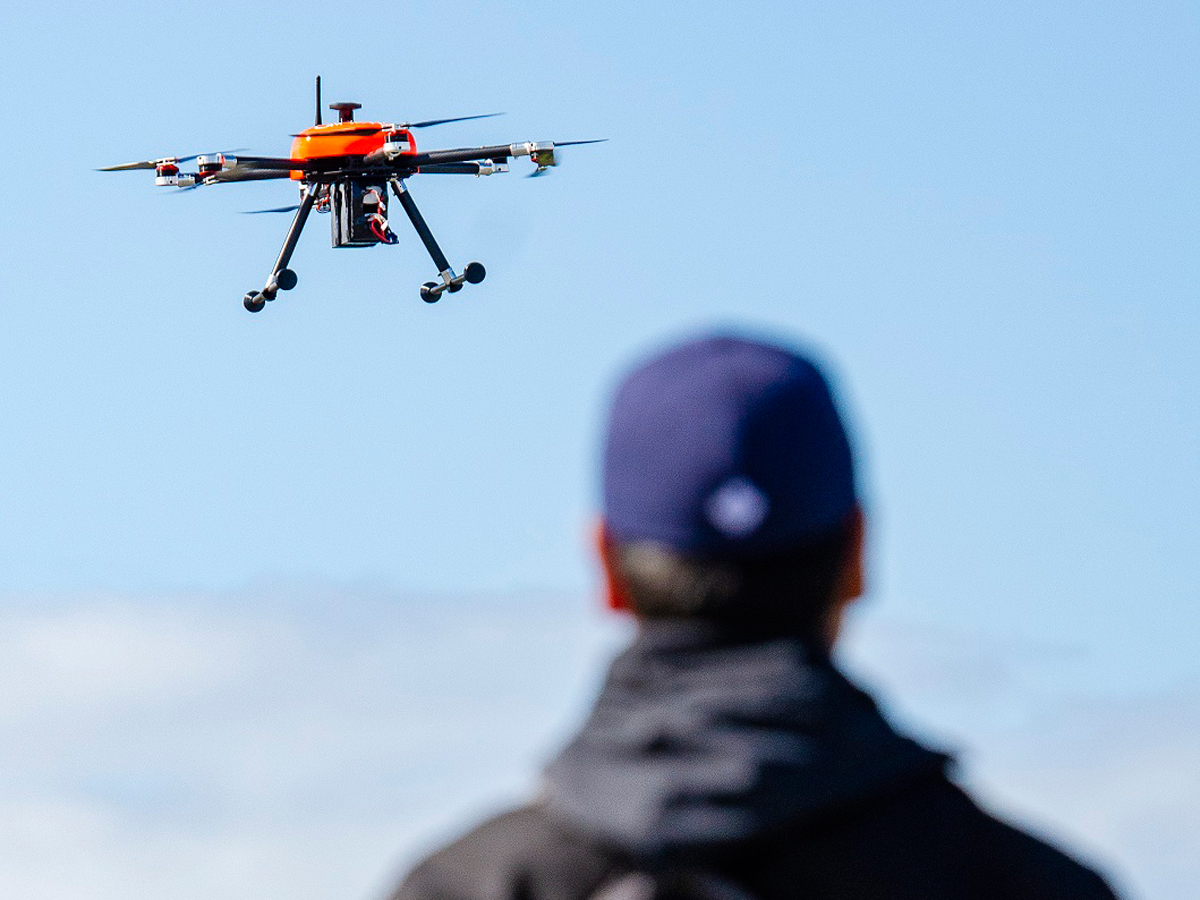Sailors train to defeat drones
By Lookout on Oct 24, 2018 with Comments 0

Eight sailors from HMC Ships Halifax and Toronto took part in the Snyper Unmanned Arial System Target (UAST) Training Course. The course was delivered by QinetiQ trainers at the Osborne Head Range, Nova Scotia, on Sept. 20. Photo by Mona Ghiz, MARLANT PA
Maple Leaf ~
The Royal Canadian Navy (RCN) is monitoring the potential of future innovations to keep its defence systems and strategies ahead of the curve so potential threats do not become dangerous realities.
One of the current innovations it is testing against are micro and mini drones.
Drones are a threat that has evolved over time. As they get smaller and harder to detect, and as they gain new capabilities such as the ability to connect multiple drones and form swarms, they have the potential to be dangerous risks to ships at sea.
The RCN is keeping track of these new capabilities and is testing the effectiveness of its defence systems against drones of varying sizes and abilities.
The Snyper micro Unmanned Aerial System is the first drone “target” being used to provide the navy insight into the effectiveness of its tracking systems against smaller threats through tracking and live-fire exercises.
Snyper is a compact, lightweight and cost-efficient drone that is designed to be expendable.
Drones are categorized into different classifications, each with unique restrictions of operation. The Class 1 category, such as the Snyper, is the least restrictive classification.
The RCN will continue to develop its capability with Snyper and transfer lessons learned to fully support the Force Generation required for the Intelligence, Surveillance, Target and Reconnaissance (ISTAR) program.
This is not where the capabilities of the Snyper end. Due to the simplicity of the airframe the RCN is able to request modifications to the platform to meet a variety of needs. An early modification to the airframe replaced the stock camera with a high-resolution camera.
This new payload provides video and imagery that was once only feasible through use of a helicopter, at a fraction of the cost. Recently, HMCS Charlottetown used Snyper in support of a MISSILEX as an imaging camera that was flown from the flight deck. Snyper was more recently deployed in the Arctic on Operation Nanook and took some stunning photos.
Filed Under: Top Stories
About the Author:





